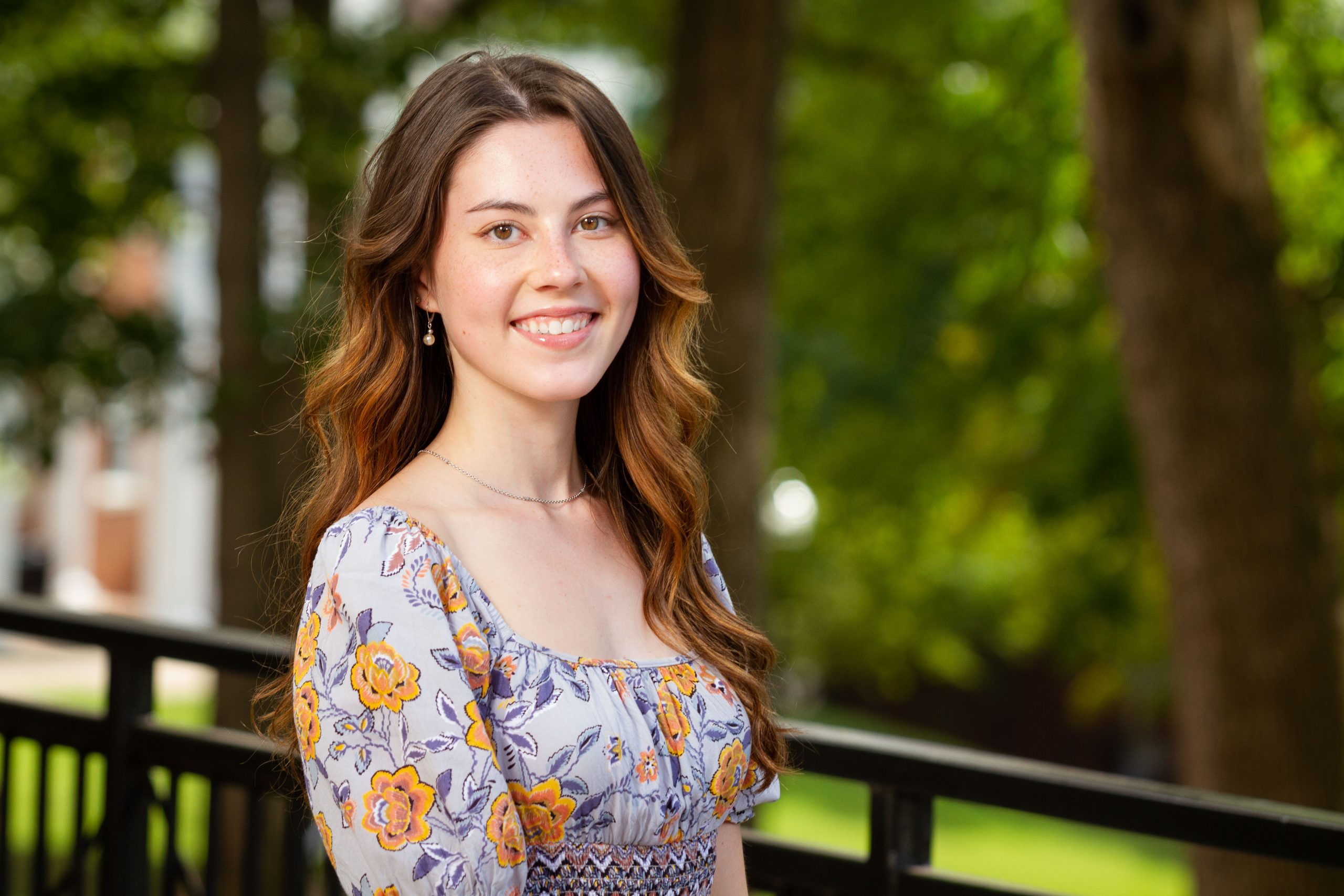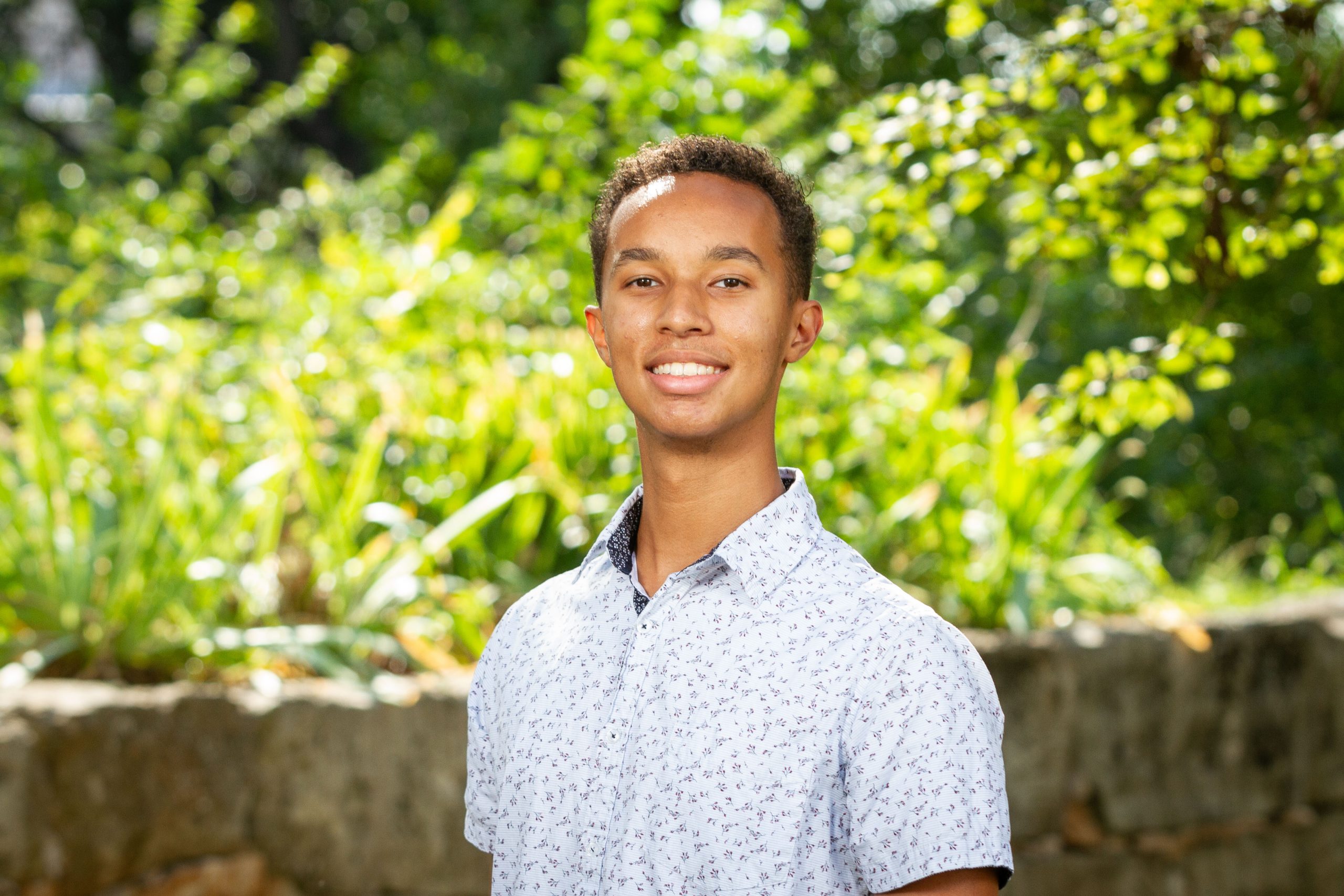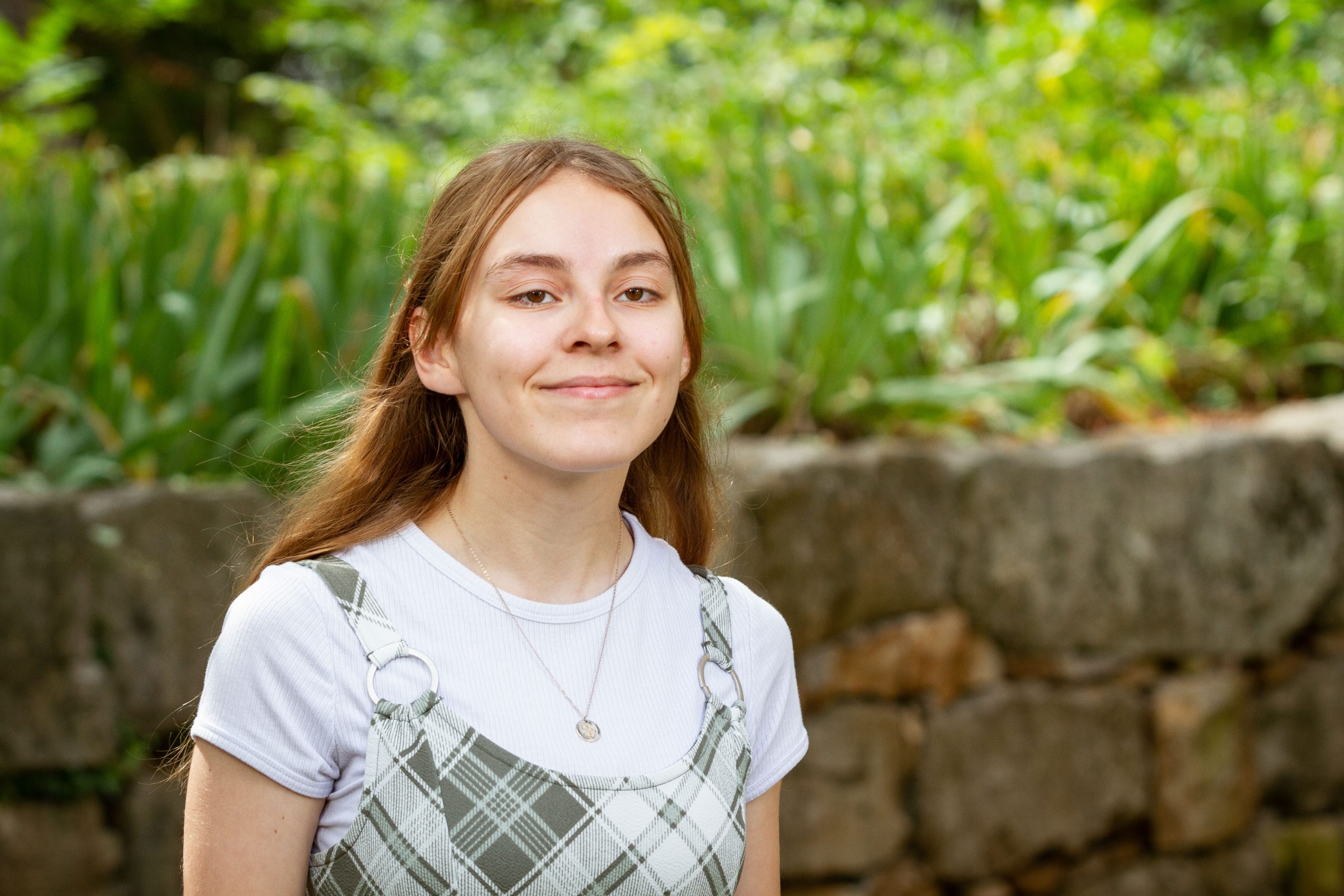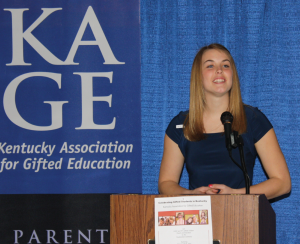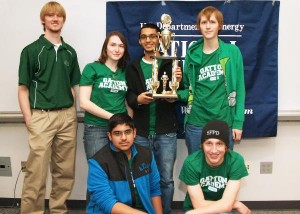Gatton Academy Part of Kentucky’s Economic Development Strategy
February 25, 2012 | News | No Comments
From The Bowling Green Daily News
Kentuckians are improving their education-attainment status but still lag behind neighboring states in the category.
The American Community Survey released last week showed that 20.5 percent of Kentuckians over age 25 have at least a bachelor’s degree. Nationally, the average has reached more than 30 percent, and all but one of the states surrounding Kentucky had a higher percentage. County-level information is not yet available.
“That’s disturbing,” Western Kentucky University President Gary Ransdell said. “We can’t grow our economy unless we are putting degree holders in the workplace who can not only perform certain skill sets … but who also have leadership capacity.”
In addition to increasing the number of degree-holding residents, WKU is doing what it can to make sure there are jobs for those degree holders so the state doesn’t experience “brain drain” – something that had been a problem before Kentucky began developing its technology and research capabilities.
Ransdell said the focus of the Innovation and Commercialization Center is to encourage entrepreneurs and to focus on creating new and fostering emerging businesses. The university’s Research and Development Center is also integral to supporting jobs in southcentral Kentucky.
WKU has improved its degree rate by 51 percent since 1998, with the number of degrees growing from 2,566 to 3,885 in 2011.
“We are trying to contribute to the solution to the problem,” he said.
That’s one of the goals of the Gatton Academy of Mathematics and Science in Kentucky, an on-campus school for Kentucky high school juniors and seniors.
“The Gatton Academy is first and foremost an economic development strategy where we bring in highly gifted and talented students together in an environment where they are challenged and feed off each other … to achieve,” Ransdell said. “We hope that most of them stay in Kentucky to complete their degrees and most of them are.”
And for those who have gone elsewhere, including to Ivy League schools, Ransdell is still hopeful they will come back to Kentucky to work because the state did something good for them at a critical age.
